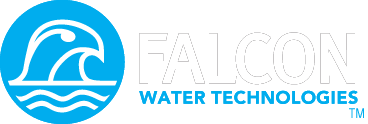Water might be a simple inorganic compound, but all living organisms on Earth depend on it, including the human body, where it comprises 60% of the body’s fluids, cells, and tissues. Around the world, water has been withdrawn from aquifers faster than nature can replace it. And as world leaders and global intelligence agencies have pointed out, if we continue our unsustainable practices, we would be heading towards a global water crisis.
Water conservation is the responsibility of everyone, including for-profit businesses. With operation costs rising, water savings can cut costs without compromising products or services. For example:
- Water and sewer rates are steadily increasing, Los Angeles is looking at a 4.7% increase each year for the next 5 years. Saving water and waste-water now will reduce these costs currently and protect you from future costs.
- Water conservation will ensure that there is water available for future production and manufacturing of products.
- To encourage water efficiency, many governments and water utilities provide rebates, grants and tax relief. (Did you know LADWP offers $500 in rebates per waterfree urinal? Learn more about it here)
Water Saving Checklist
General
- Increase awareness by educating employees about the importance of water saving. It will ensure that all staff members are monitoring water their own use.
- Potable water is not required for many industrial uses and can be replaced with recycled water.
Cooling and Heating
- Check and repair leaks to minimize water consumption. Leaks can account for more than 10,000 of gallons of year.
- Install a recirculating system or consider evaporative cooling.
Maintenance
- Use automatic shut-off valves for equipment that is not in operation.
- Instead of hosing, sweep! If hosing is necessary, get a high-pressure nozzle.
Food
- Wash full loads of dishes, and scrape instead of rinsing them.
- Install dishwashers with automatic valves.
- Recycle and reuse water.
- Provide water only when requested.
Landscape
- Use recycled water for irrigation.
- Install timers and moisture sensors.
- Use native plants, especially in dry areas.
- Check for leaks in the irrigation system.
- Use drip irrigation.
- During early morning or even hours, water the plants.
Restrooms
- Retrofit and replace older fixtures.
- Install sensor faucets.
- Install high-efficiency toilets and waterless urinals or hybrid.
For additional information about our products, visit our website.

